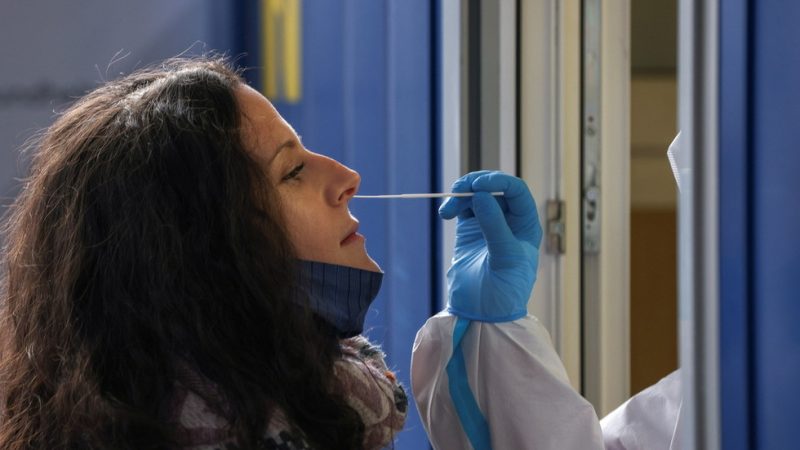Project Fear is alive & well, even as the virus’s death rate is well below that of Spring. Its pattern is like a skimming stone on water: the first bounce is high, the subsequent bounces lower, until the stone eventually sinks.
When did we start calling the First World War, the First World War? It certainly cannot have been before we had the second one. ‘Well, that’s the First World War finished, now we can look forward to the Second One.’ In fact, between the world wars, the first conflict was called the Great War.
In April, we had the Great Wave of Covid-19, now we have moved onto the second wave. In this case, however, the experts knew we were going to have a second wave before we had even had the first.
It now seems we are being warned of a third wave, as pointed out in an article recently published in the Guardian newspaper:
“Government scientists have warned the relaxation of coronavirus restrictions over Christmas could lead to a third wave of the pandemic, with increased transmission and unnecessary death.”
This raises a few questions. Are we really even having a second wave? Or is it just a suppressed first wave bursting out again, or what?
I have studied the figures from around the world in ever increasing incomprehension.Dominic Raab, the foreign secretary, has stoked the scaremongering this week, warning that people must follow the strict new lockdown tiers coming into force in England this week, while the mainstream media, as has been their MO throughout the pandemic, have dutifully toed the line.
If you look at single countries, or choose your countries with great care, you can suggest that there was a first Covid-19 wave in spring 2020, and now it has come back, in a second wave. Here are the figures for coronavirus cases in the UK, from March 5.
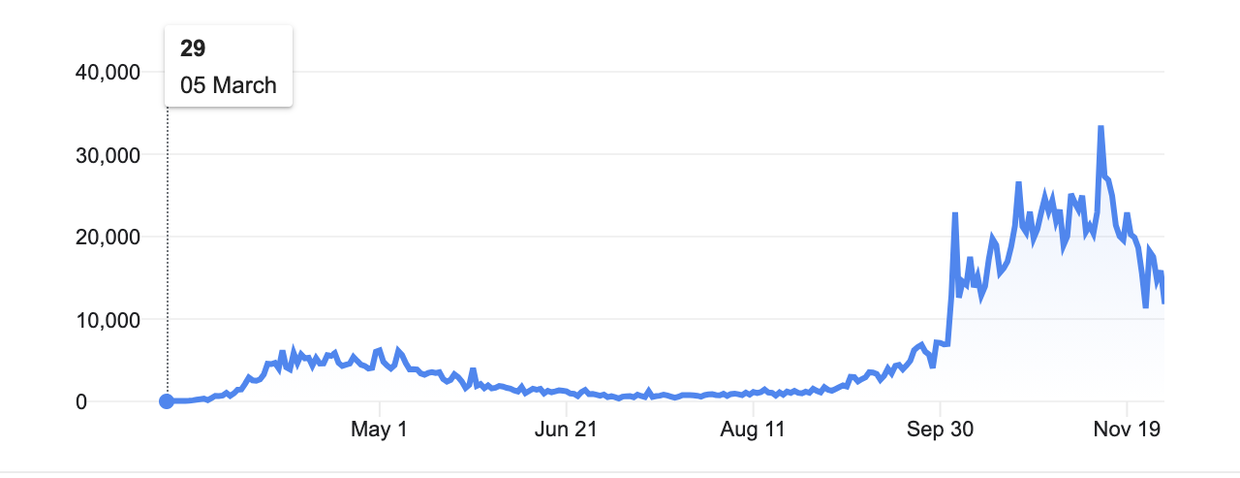
Yes, the second wave appears much bigger than the first. But, of course, I am only looking at Covid cases here. We were hardly testing anyone at first, now you can hardly walk down the street without someone waving a swab at you.
The graph of deaths in the UK is the opposite way round. There were significantly more deaths in the first wave than the second.
However, let’s look at another country, the Czech Republic, and see what happened to Covid deaths, not cases, this year.

As you can see, they didn’t even have a first wave. They have only had a second wave. But, of course, their second wave is actually their first wave. What happened to them in March and April?
At one point, they claimed their fantastic success in suppressing the coronavirus was all due to mask wearing, but you don’t hear so much about that now. Maybe they bought a few million cheap masks in the summer, down the local market?
Then you can look at Japan.
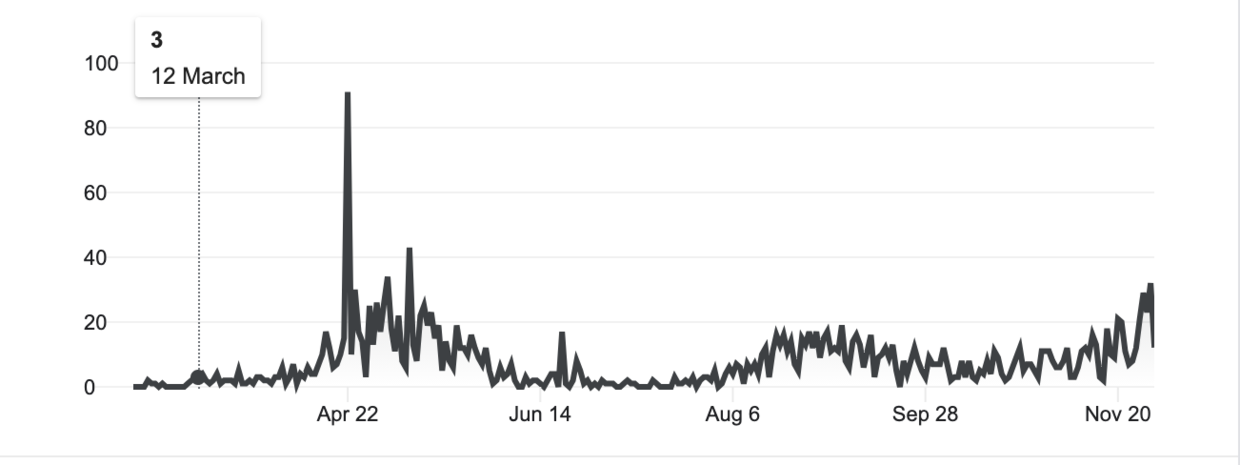
They never really had a first wave, or a second wave They had a strange spike in late April (I imagine this was a ‘catch up’ with the data). All they have had since are a few ripples. Their total death rate, per head of population, is one fiftieth that of the UK. Not one fifth, one fiftieth. They did not lock down – at all.
Everyone said their very low rate of the coronavirus was because they all wore masks. However, we now all wear masks in the UK, and it has made not the slightest, tiniest difference.
If you wish to claim that masks are preventing the spread of Covid-19, you have to pick and choose your counties extremely carefully, and also choose your time periods within those countries, with further, extreme, care.
Look at France, for example. On August 28, it was mandated that everyone now had to wear masks not just inside, but outside as well. In the graph below I have placed the date on August 28. You can see there was an immediate and dramatic impact on coronavirus cases. Although, perhaps not in the direction intended.
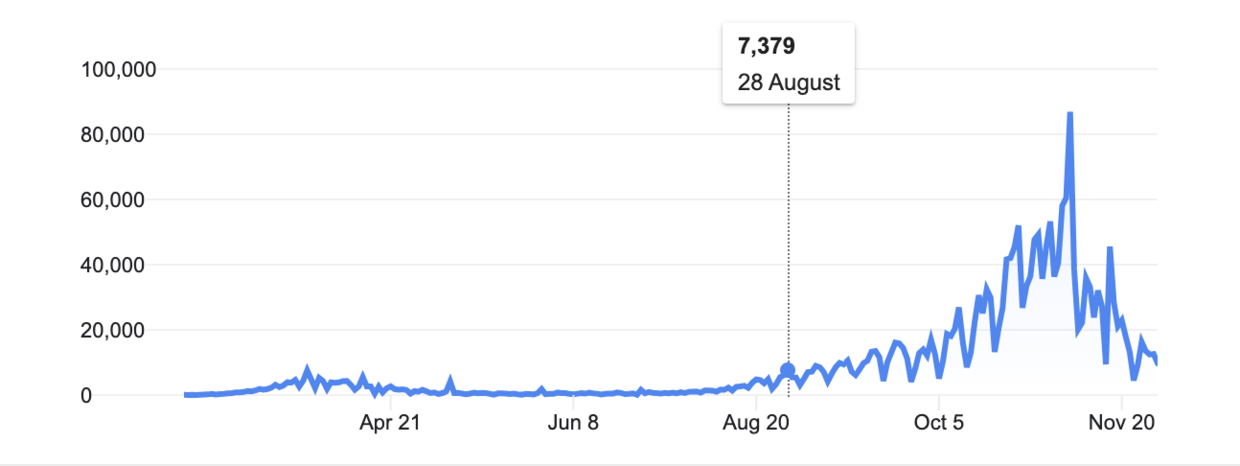
It is also clear that France had a little ripple in Spring, and a massive Tsunami in late Autumn. What of China, the country where it all, so they tell us, kicked off?
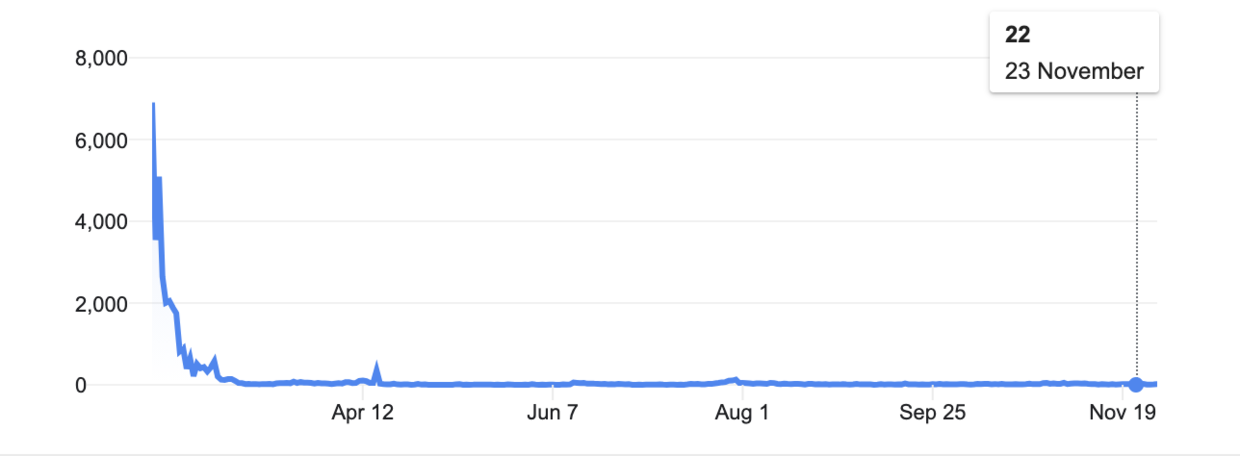
If there is a second wave, it doesn’t seem to be very big. They have also had massive pool parties, tourists are flocking the Great Wall of China, and suchlike. So, they are hardly locked down anymore. You may, like me, feel that the figures from China are a bit prone to state interference.
But I don’t think it is good science to pick and choose figures to suit your own argument.
Then we get to the most controversial country of all. Sweden. Which, as we know, has been widely condemned as being utterly irresponsible for not following the strict lockdowns of the rest of Europe (Belarus excepted, which has, perhaps the lowest death rate of all).
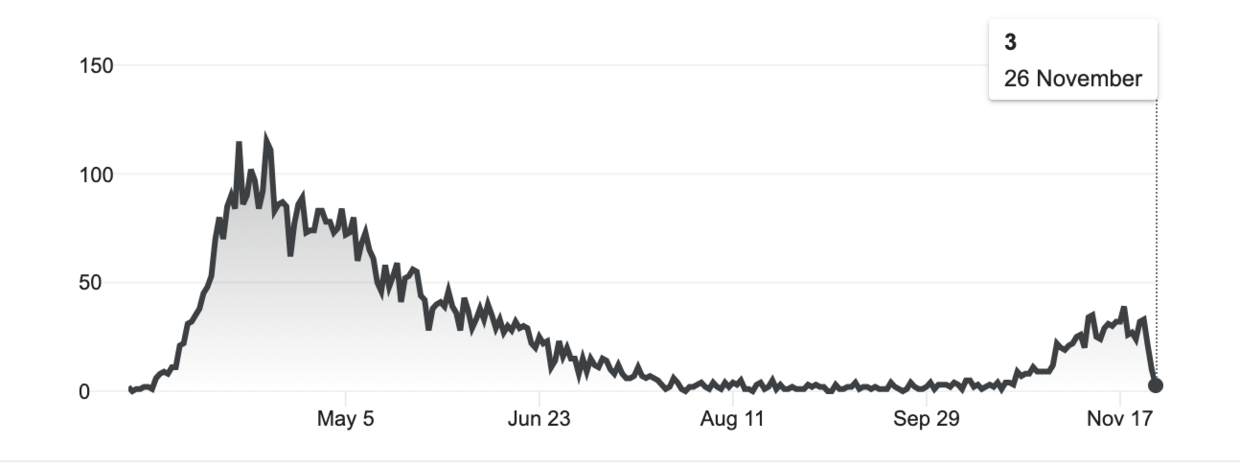
It looks like they are having a second wave which is now, perhaps, ending. Ivor Cummins, an expert in chronic disease and obesity, recently made two good points to me (you can watch our chat here, if you wish).
Firstly, it seems clear that Covid-19 is seasonal, as expected. It went away in the summer and has come back in the autumn – at least it has in some countries.
Indeed, it was always likely to return, as most respiratory viruses do. Secondly, the waves will have the same pattern as skimming a stone on the water. The first bounce will be high, the second one lower and all subsequent bounces lower still, until the stone runs out of energy and sinks.
So, there may be a third wave, but it will be barely noticeable. Does all this justify the various lockdowns, the stay-at-home bubbles, socialising restrictions, mandates on mask wearing etc, and all the tiers that flow from them?
You can look at all the evidence and make your own mind up.
Personally, in 2020, I’d rather have been Swedish than British. Ana ugglor i mossen, as we say in Macclesfield. This sequence occurs because when a new virus first hits, there is no community resistance, and no one has been infected before.
So, the most vulnerable, with no resistance, die in the first wave. The next time, many people will have been infected previously, and will fight it off with ease. This reduces the spread of infection, and the death rate. Each wave will get smaller, and smaller, until it is gone.
***
By Malcolm Kendrick, doctor and author who works as a GP in the National Health Service in England. His blog can be read here and his book, ‘Doctoring Data – How to Sort Out Medical Advice from Medical Nonsense,’ is available here.
Published by Rt.com
Republished by The 21st Century
The views expressed in this article are solely those of the author and do not necessarily reflect the opinions of 21cir.

